Interior Renovation: A Cure For the "Dysfunctional" Kitchen Layout
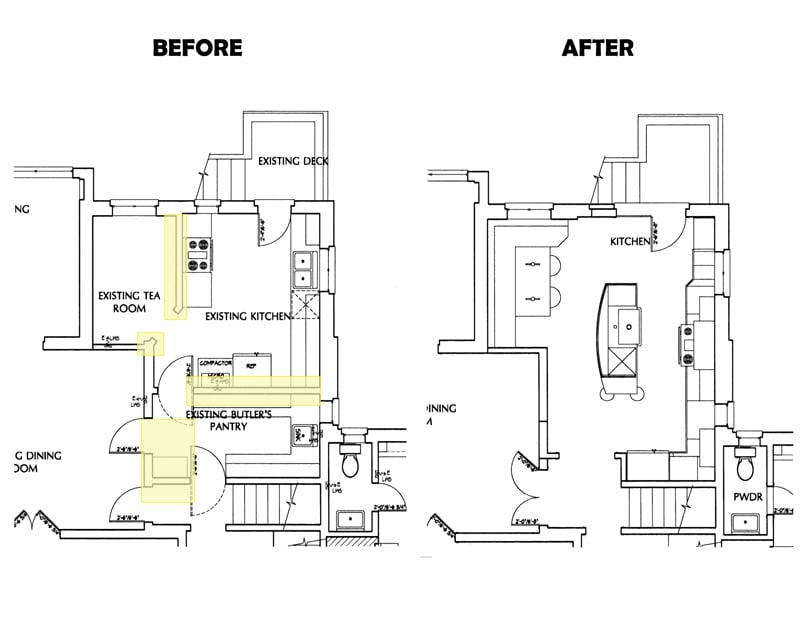
Make Your Kitchen Feel Bigger & Function Better: Interior Renovation & Reconfiguration
This happens a lot in metropolitan Washington, DC. We encounter older homes with floor plans that the owners describe as "chopped up" or having "too many rooms and doors". The center hall colonial is legend for what is sometimes called the "dysfunctional layout".
In fact, the original colonial design made use of multiple rooms and many doors in order to regulate temperature and air flow. The "nuevo" colonials that came to populate DC neighborhoods like Cleveland Park and AU Park in the 1940's and 1950's mimicked traditional layout, but the introduction of modern heating and cooling systems made this floor plan functionally obsolete.
Current home remodeling agendas center around opening space, letting in light, and improving room-to-room flow. This is particularly true with our interior renovation projects when kitchens and family rooms are involved.
Here are a couple of solutions our kitchen designers developed for clients in Cleveland Park and American University Park, DC.
In both houses, reconfiguring and combining underperforming rooms, the kitchen designers created light filled, open, and functional spaces.
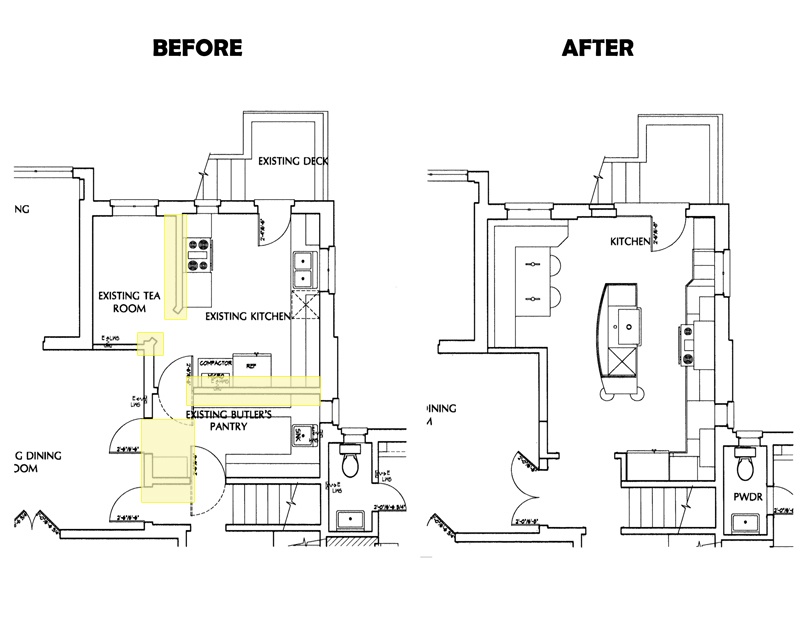
The American University Park kitchen reconfiguration project shown below had to solve a similar problem. The separate kitchen and breakfast room were both too small for the family enjoy.
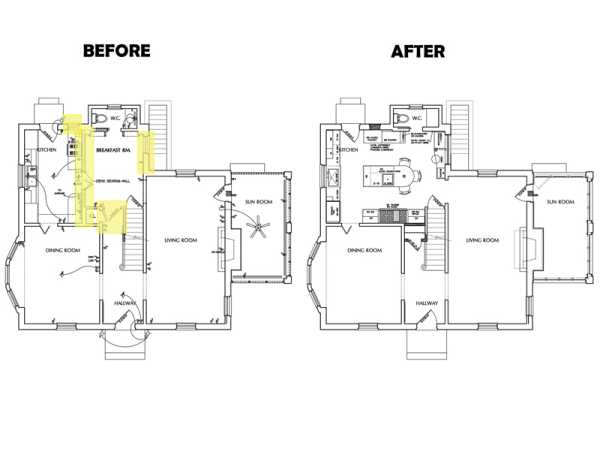 This interior renovation floor plan shows that two small rooms combined can make a much better kitchen.
This interior renovation floor plan shows that two small rooms combined can make a much better kitchen.The kitchen designers developed a solution here that was rather daring. As the before/after kitchen remodeling plans show, the designers combined the kitchen and breakfast room, blocked the center hall, and relocated a coat closet, allowing the clients to get a full run of cabinets and a large stove. The layout also blocked off a rear window to add storage cabinetry. They compensated for the lost natural light by doubling the size of a window on the right hand side of the former breakfast room.
What happens in an interior renovation and reconfiguration project is often quite subtle, but effective. Don't underestimate the power of small adjustments to make big changes.
Learn about how to approach a kitchen design and remodeling project by downloading The Definitive Guide to Kitchen Design & Remodeling Success.
8820 Brookville Road,
Silver Spring, MD 20910
© Gilday Renovations 2025
info@gilday.com


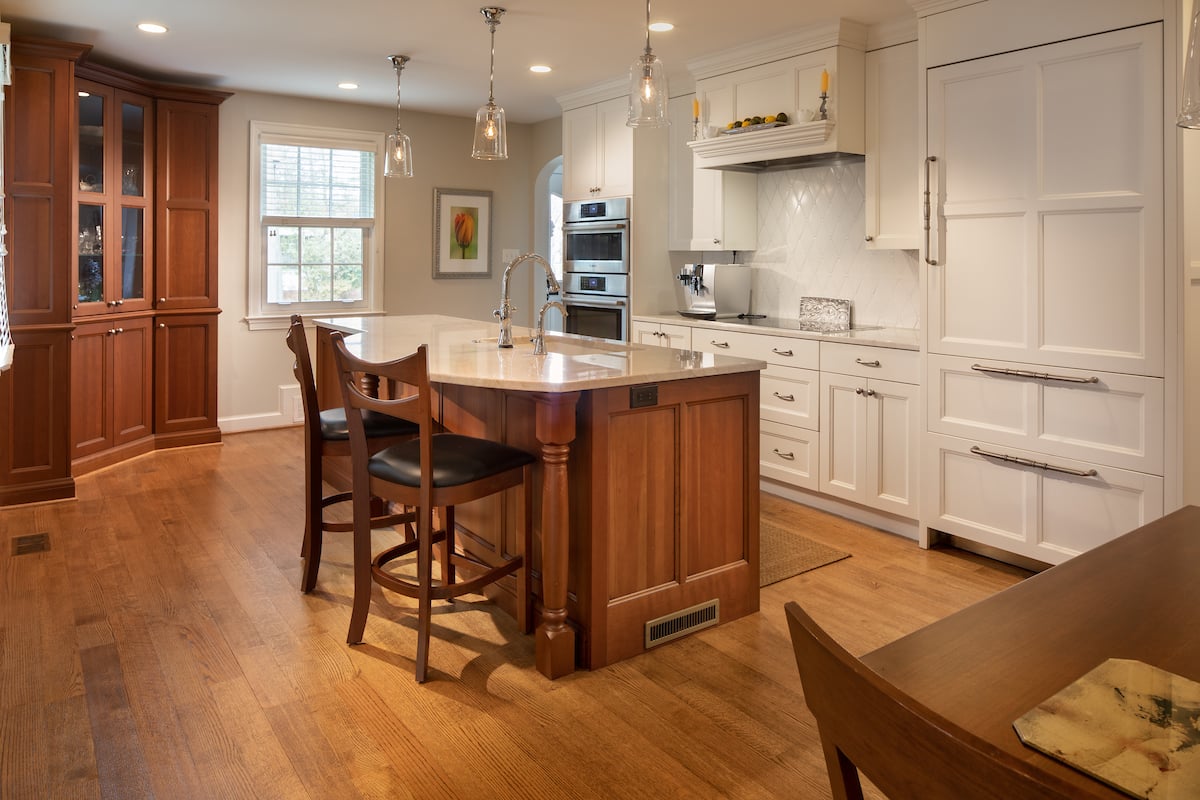
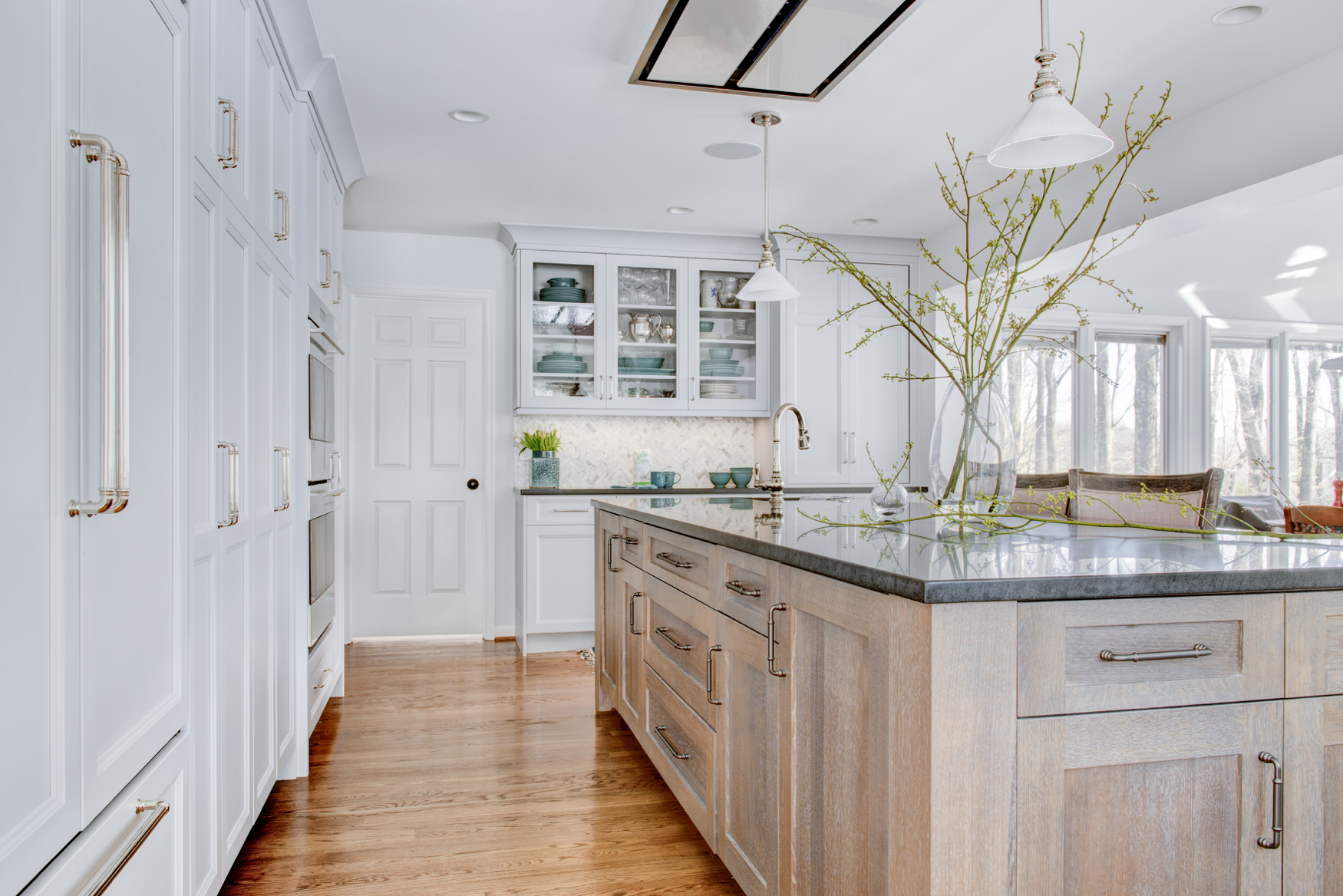
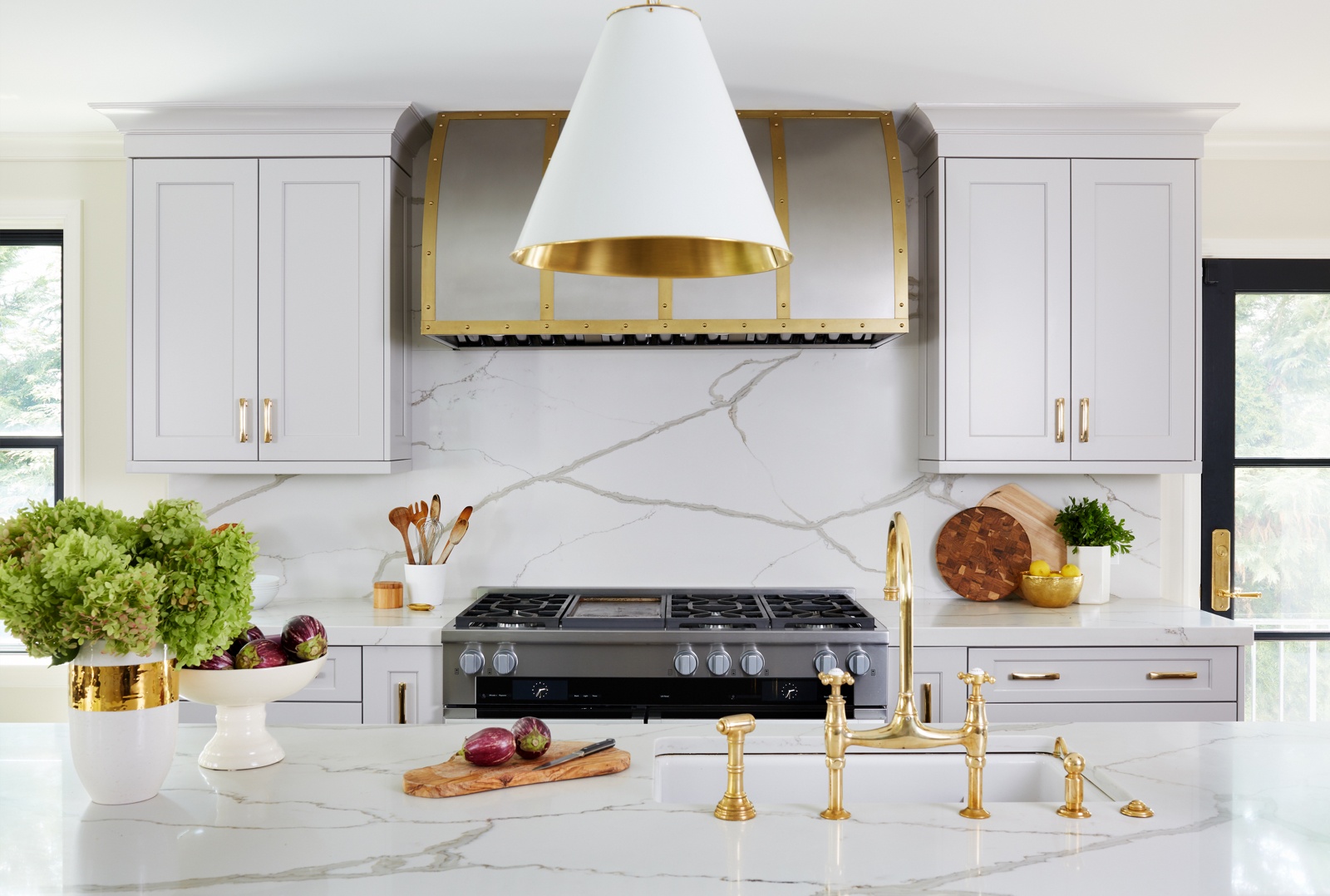
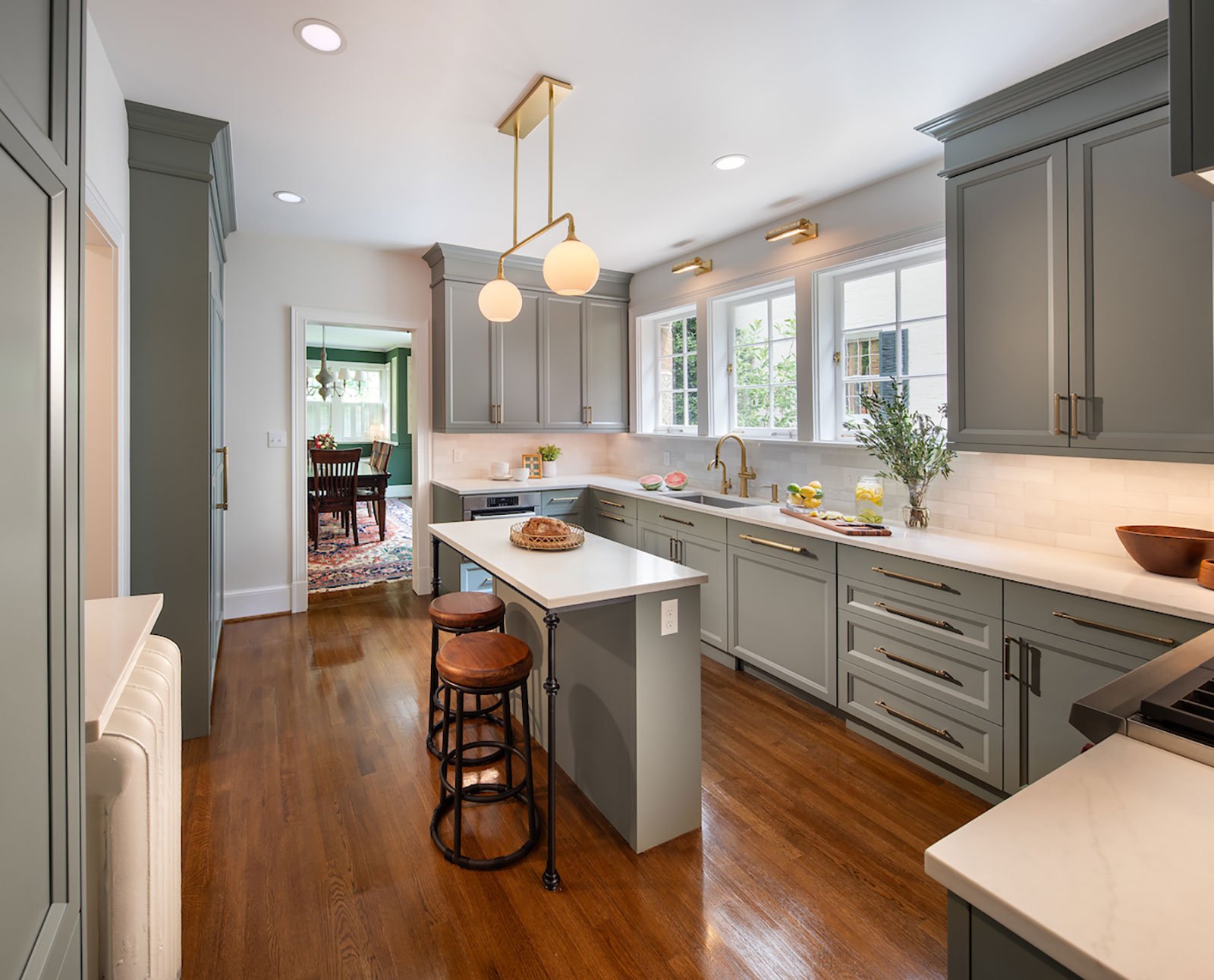
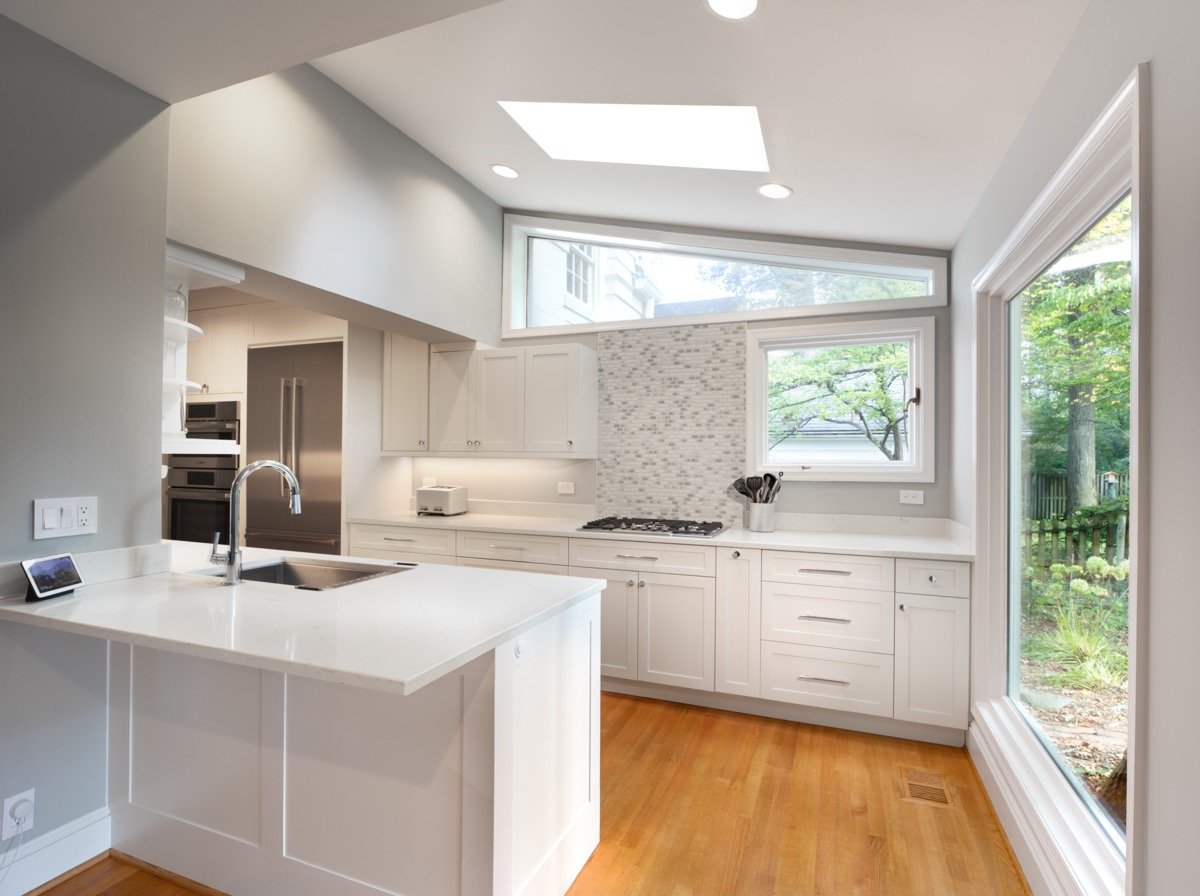
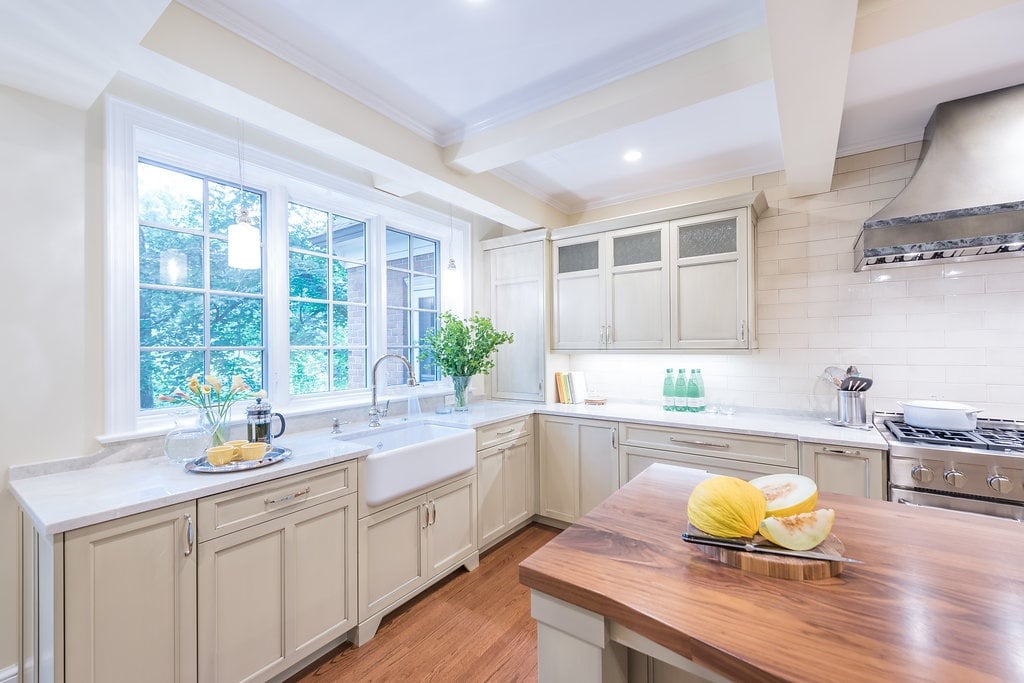
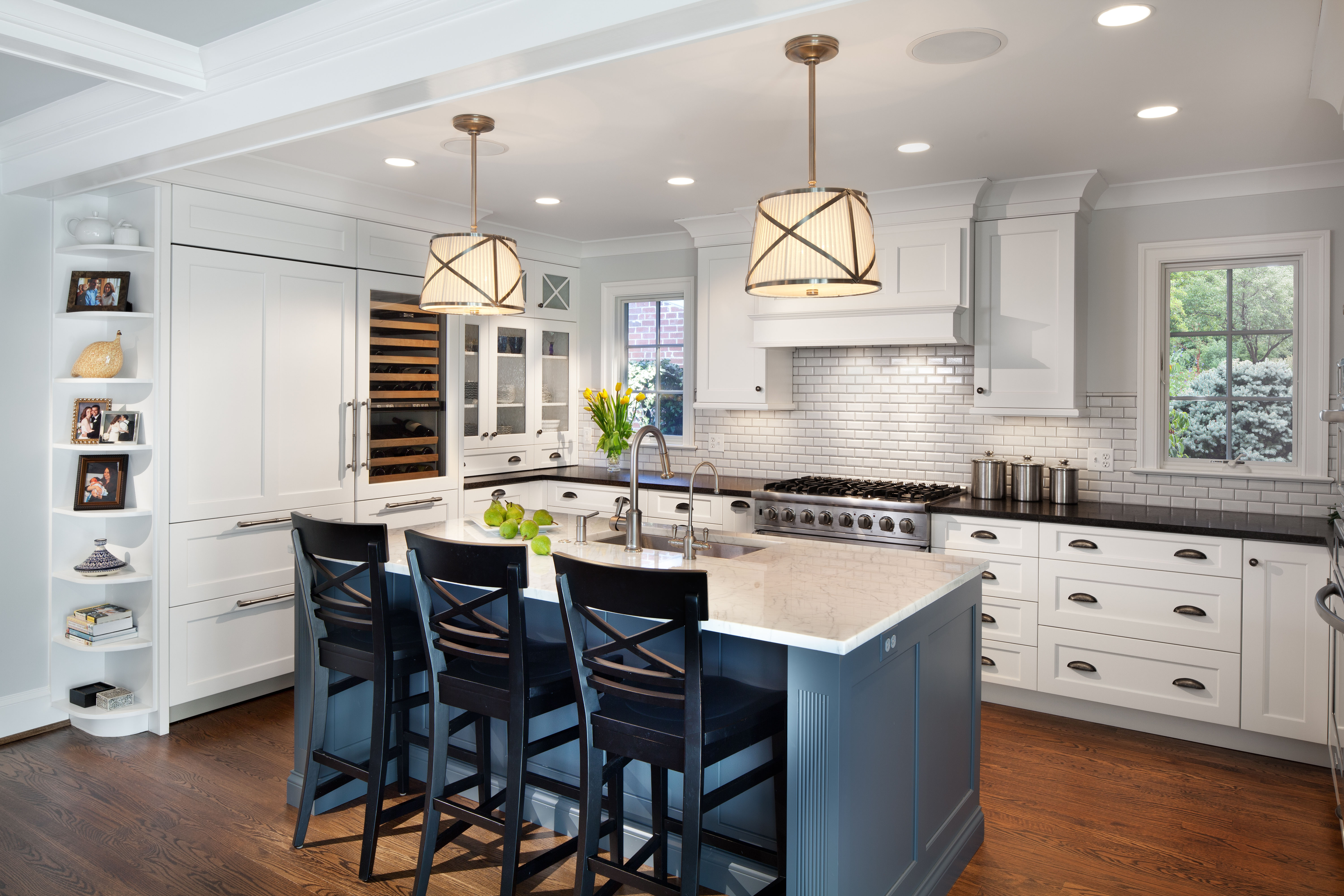
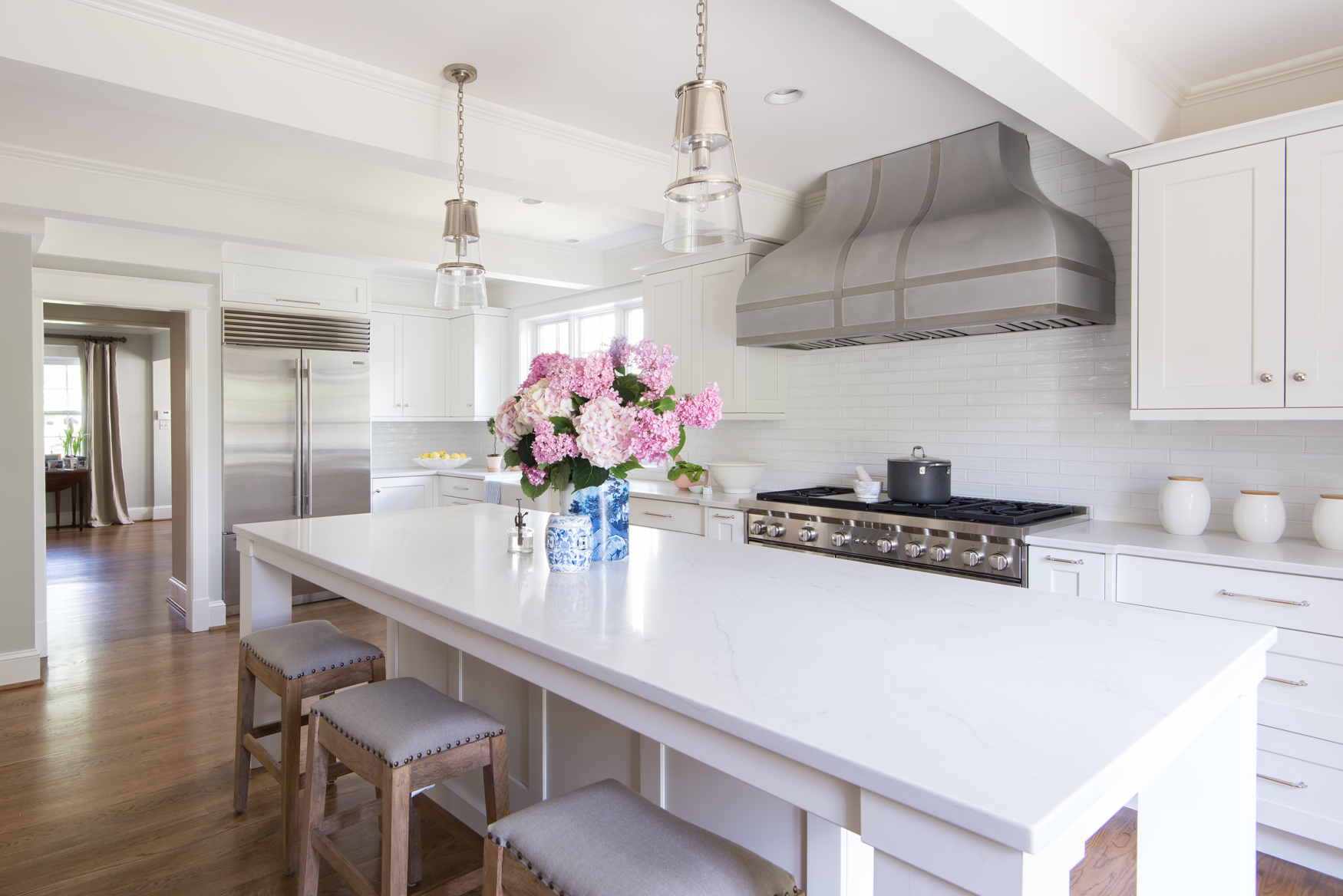
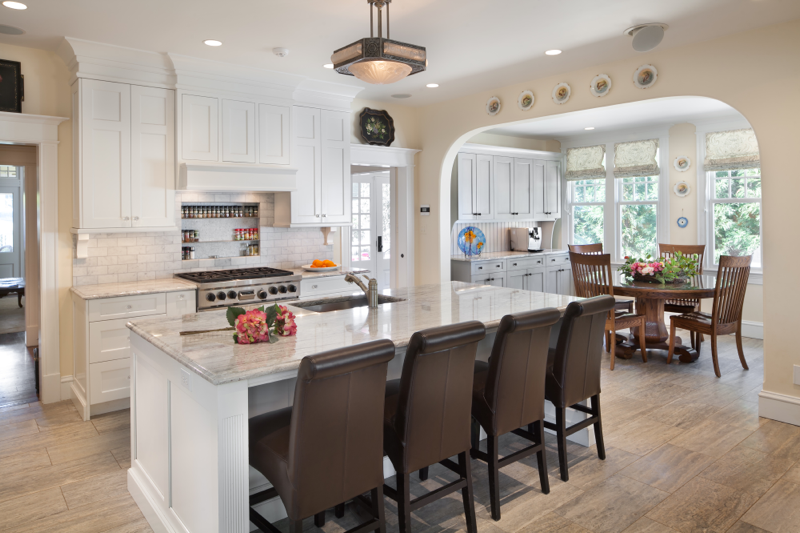
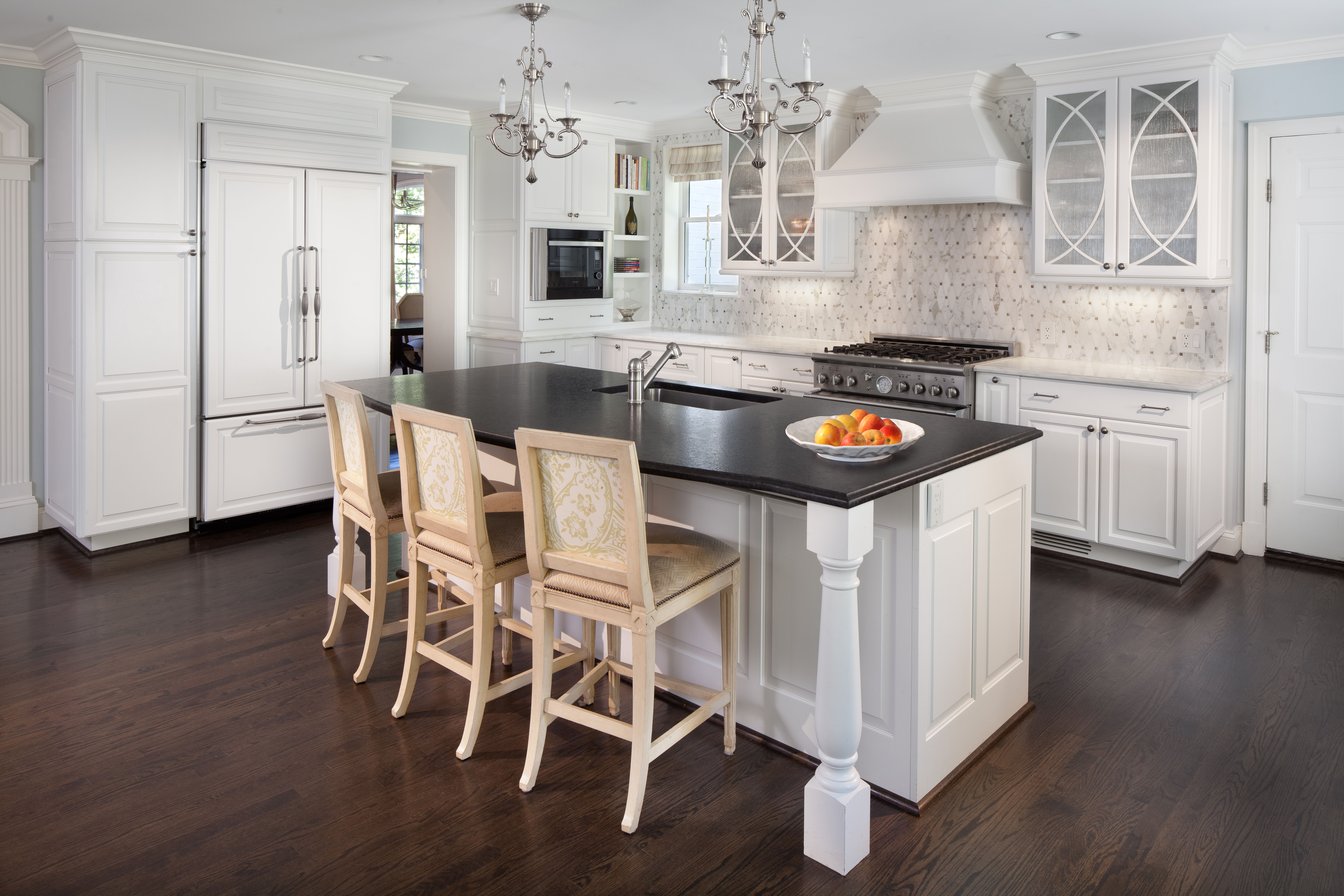
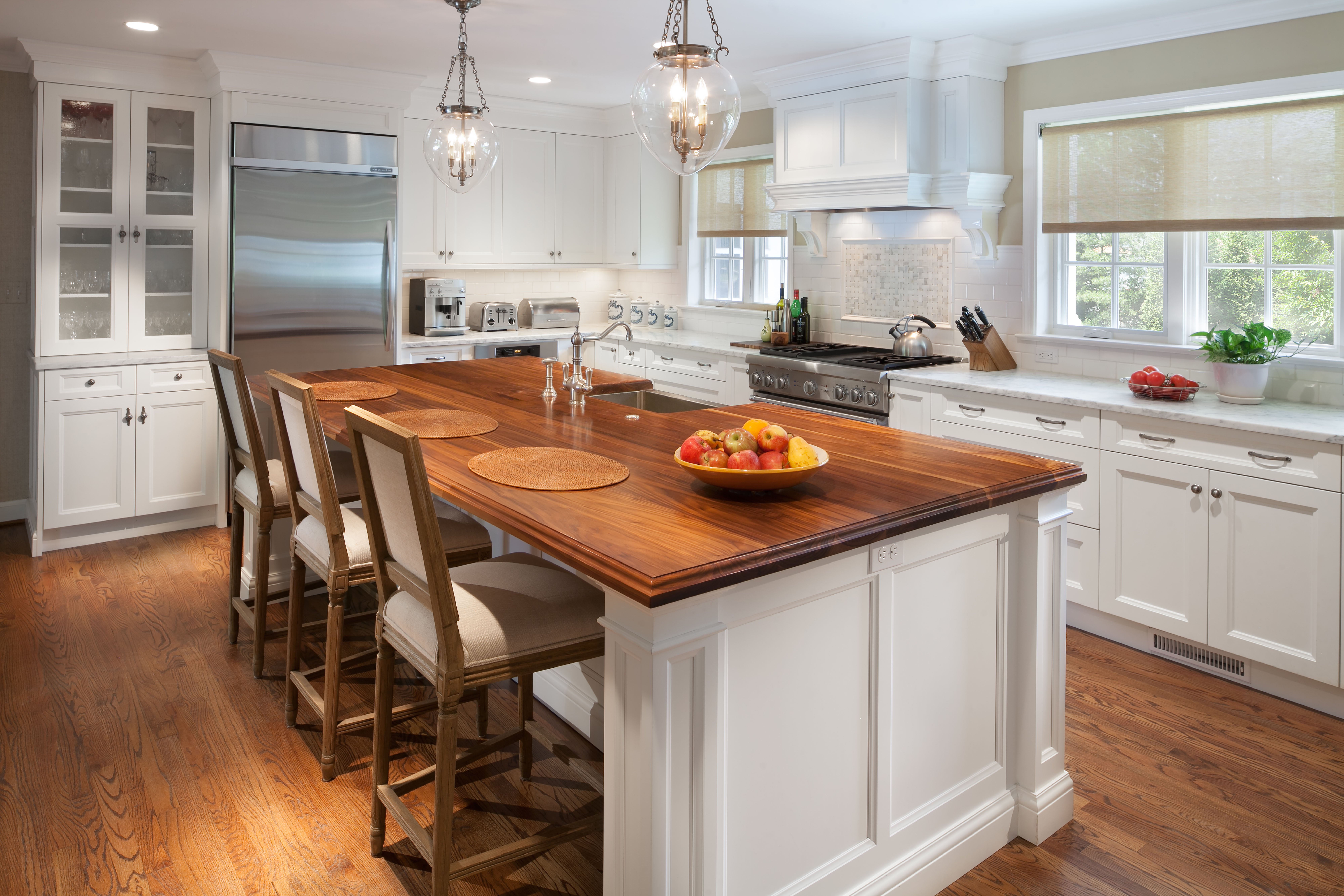
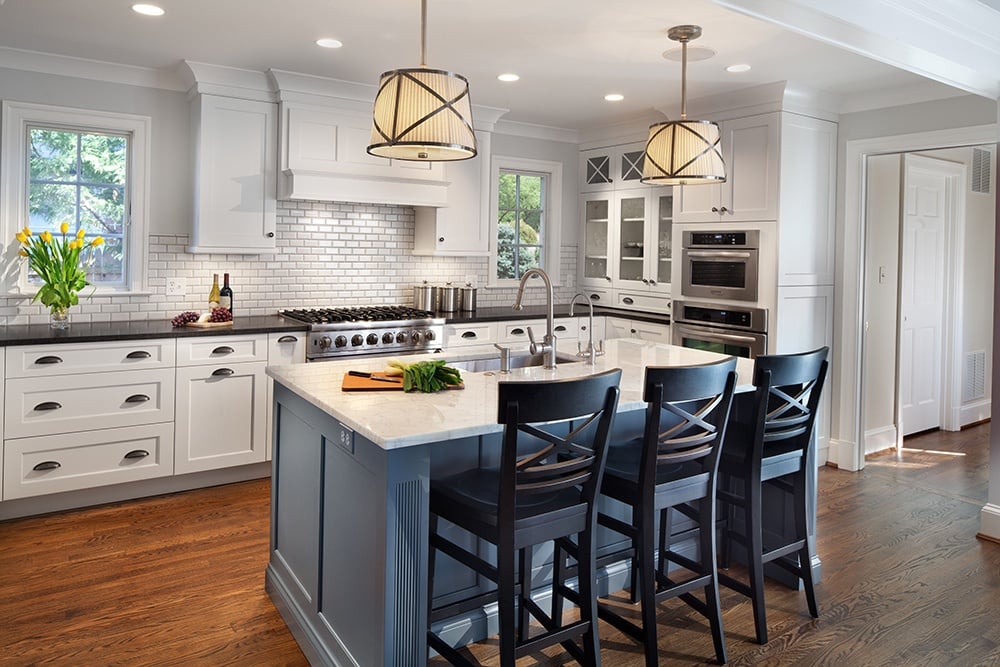
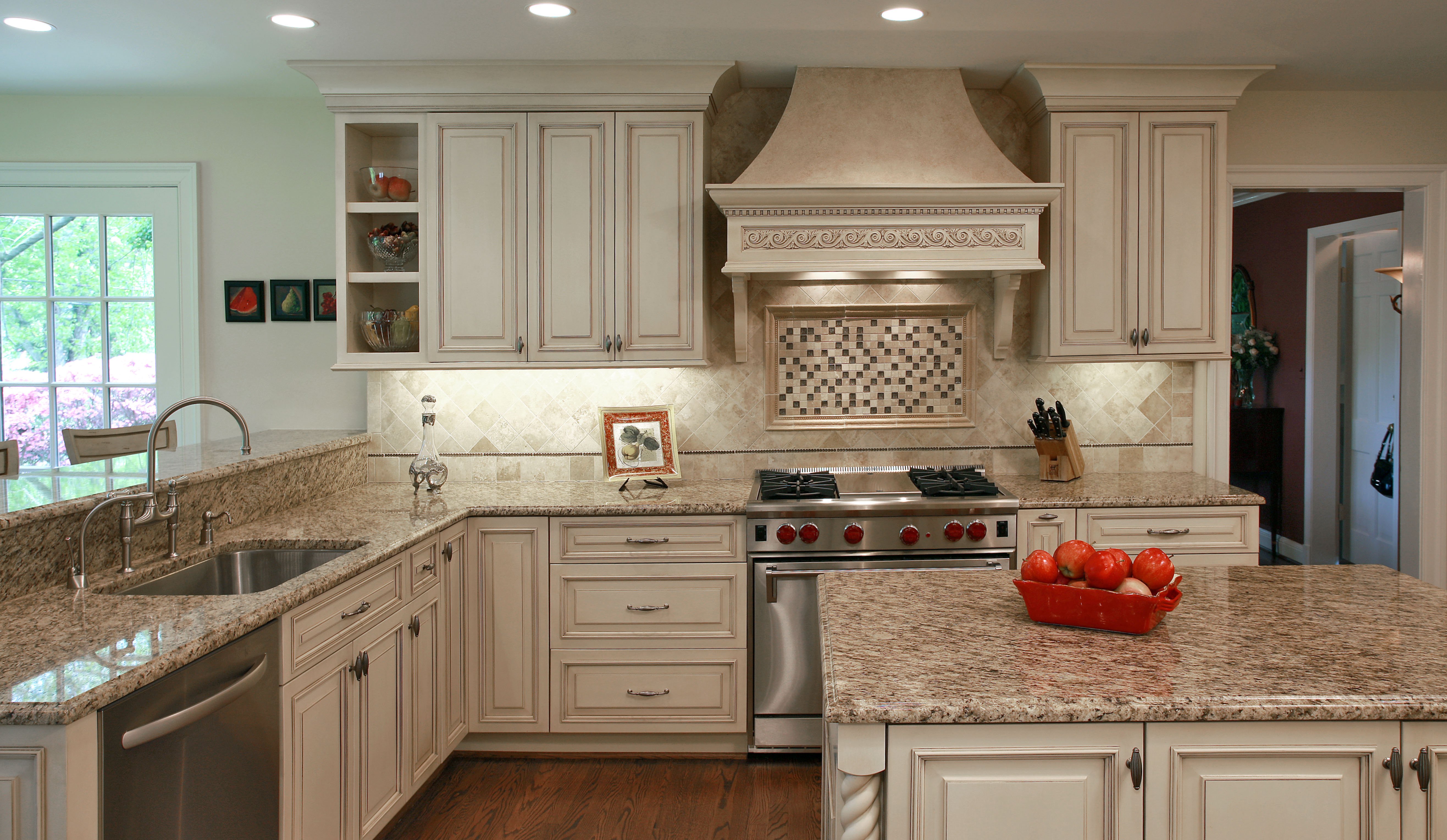
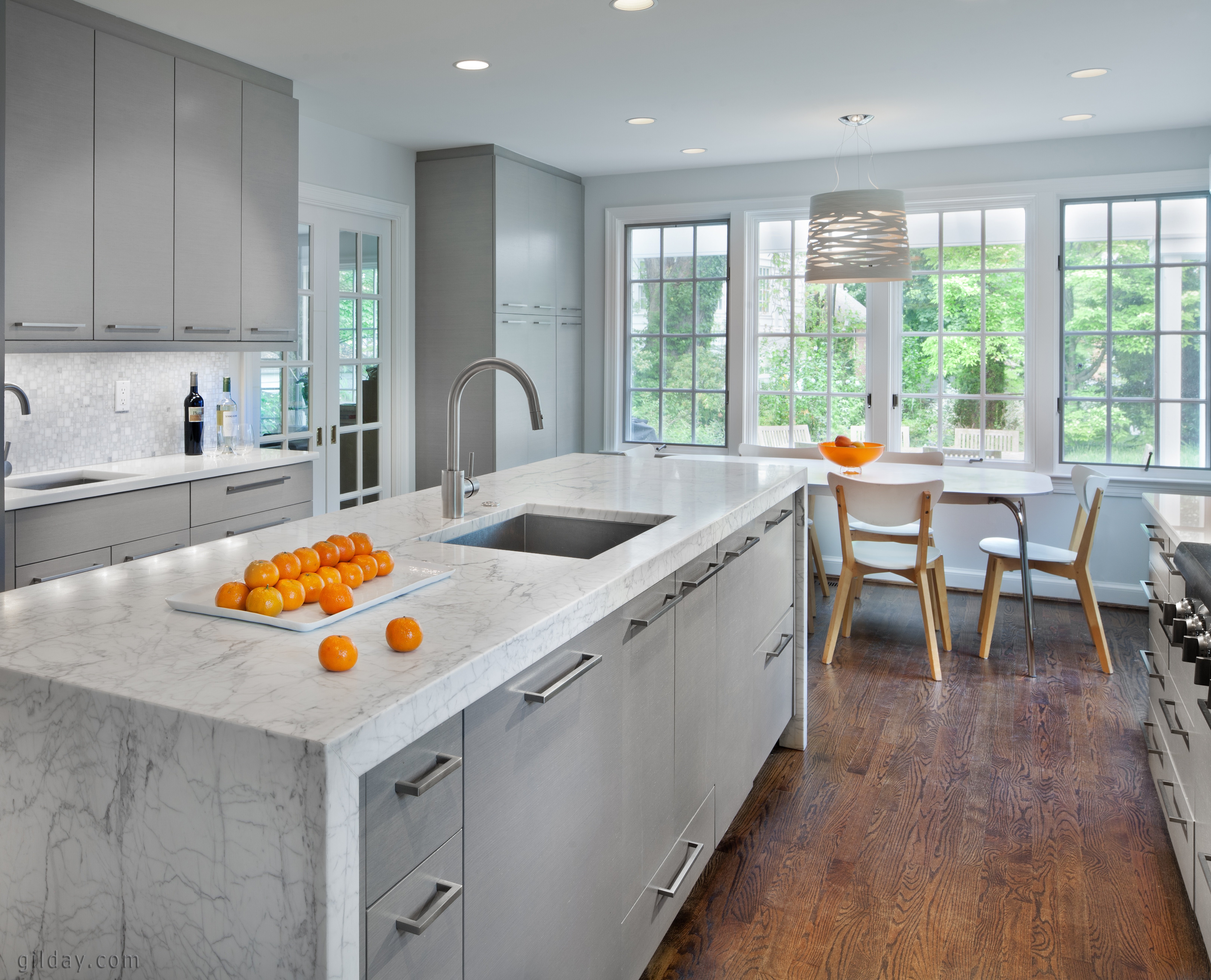
.jpg)
.jpg)
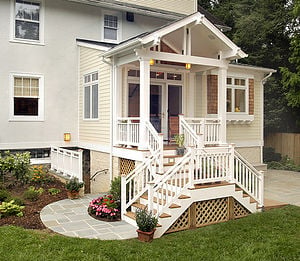
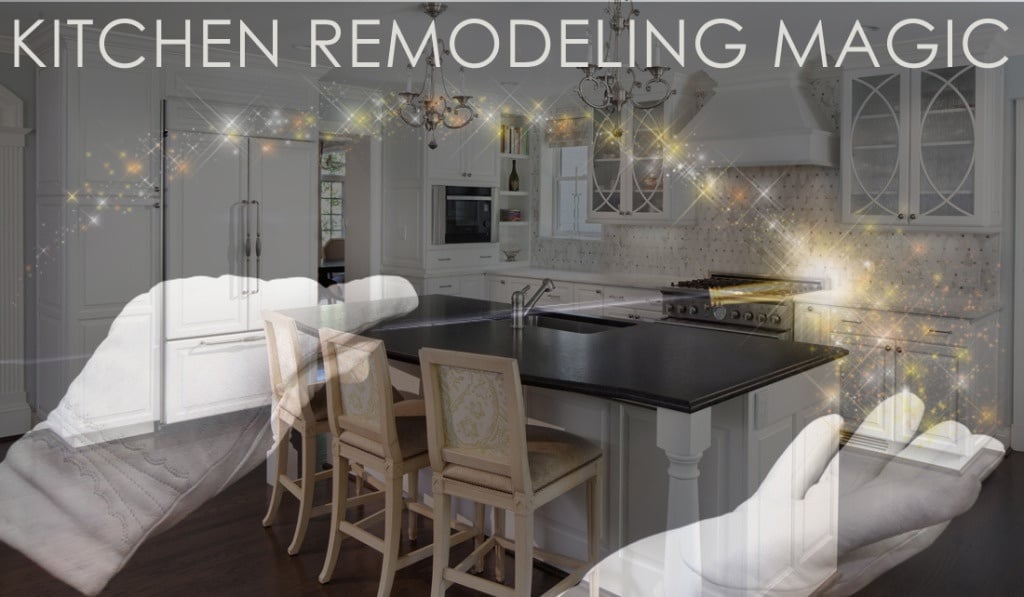
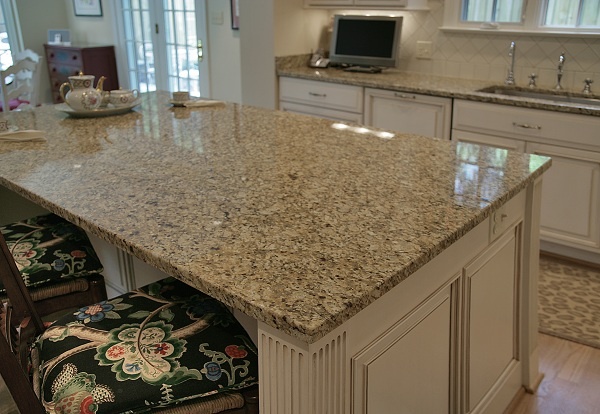
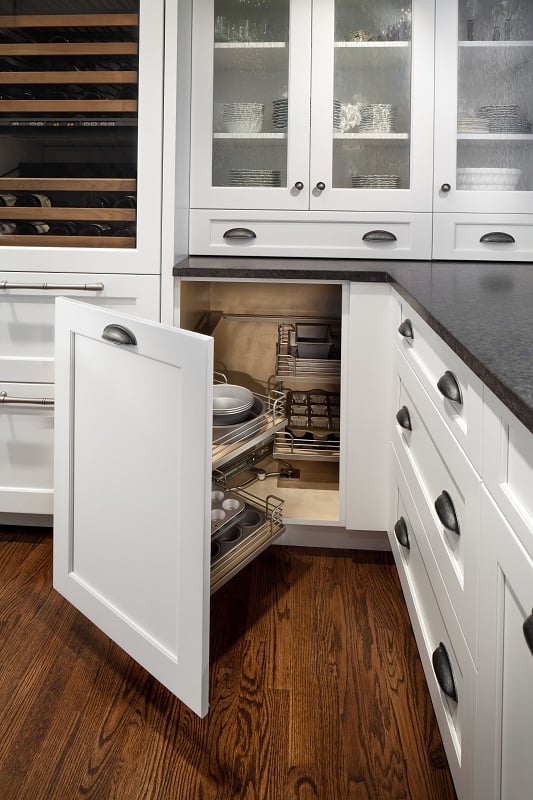
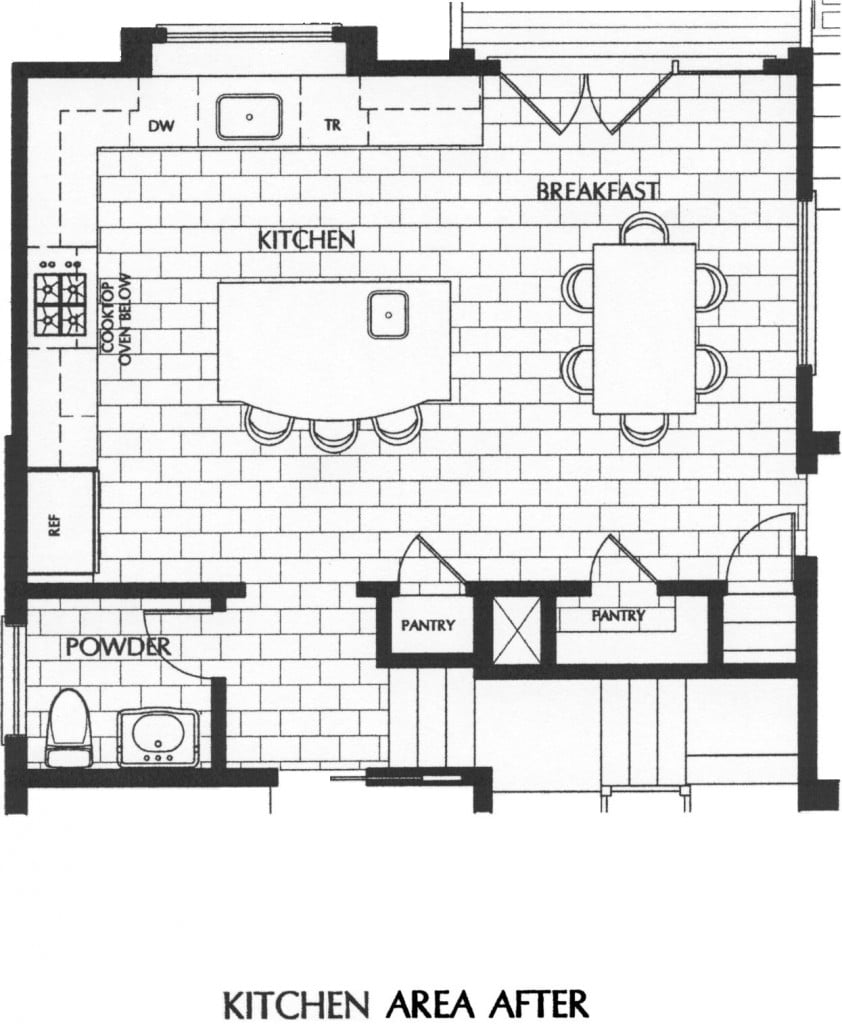
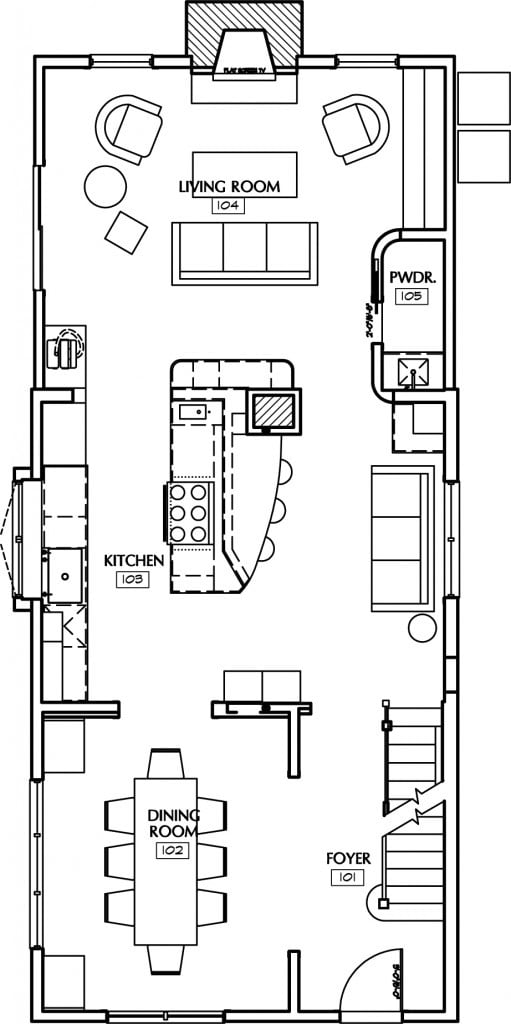



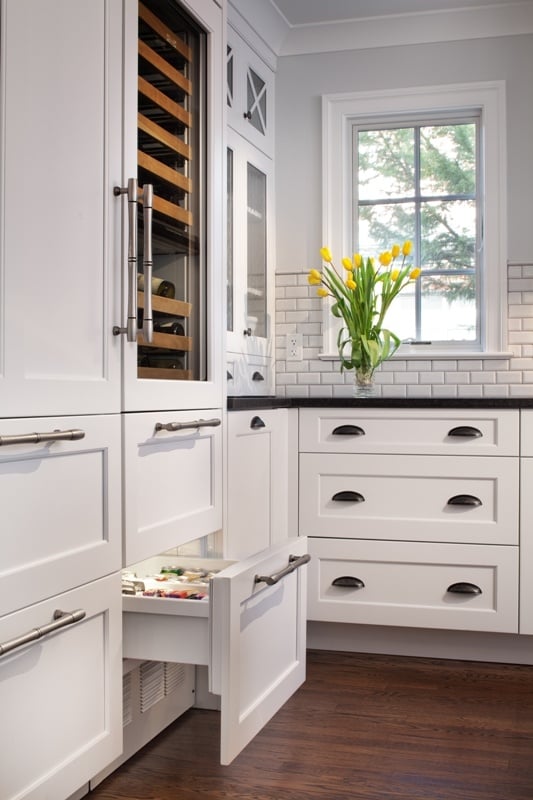
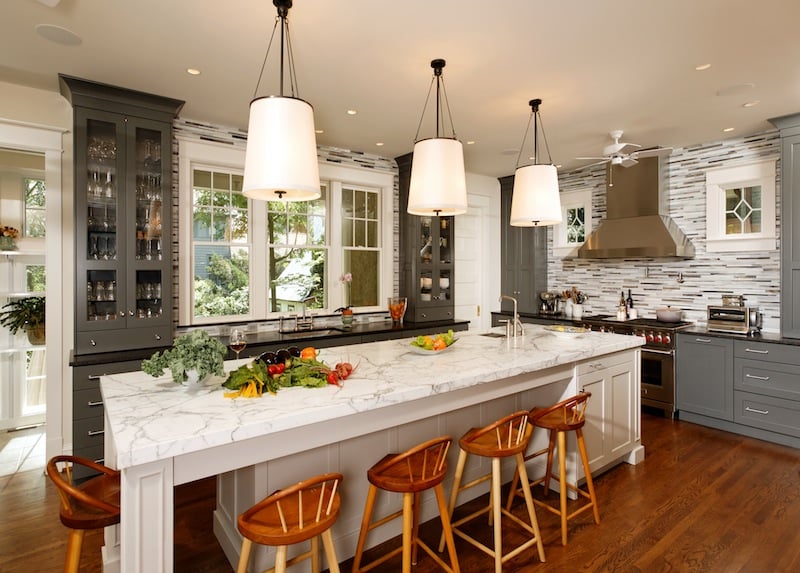
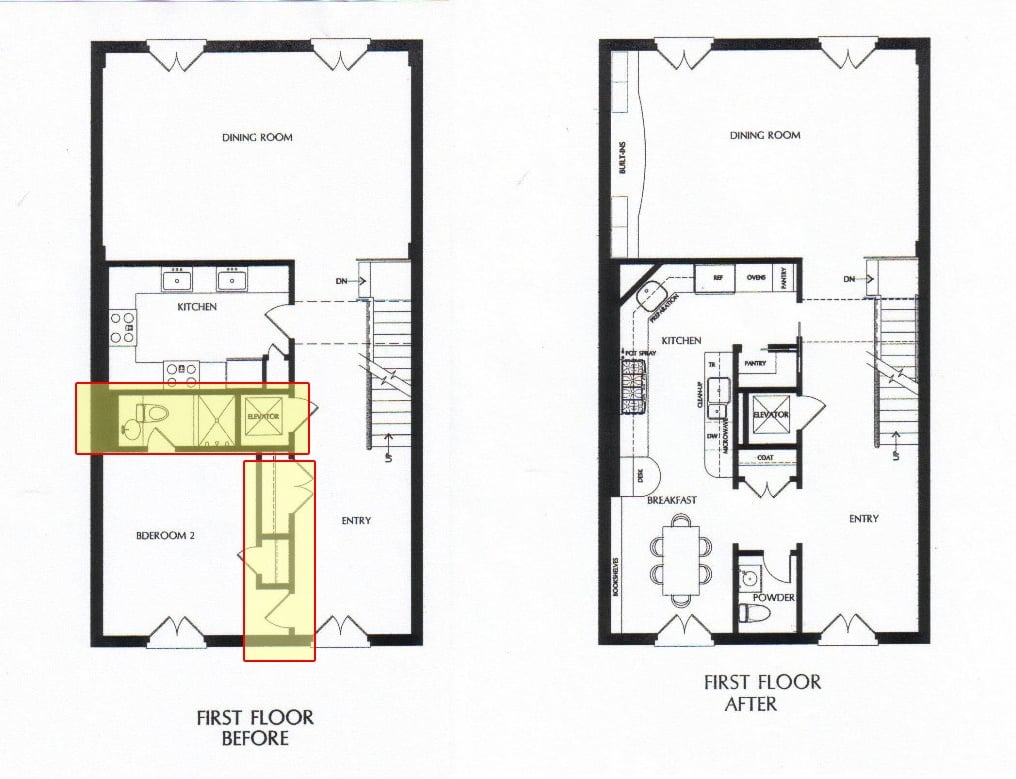
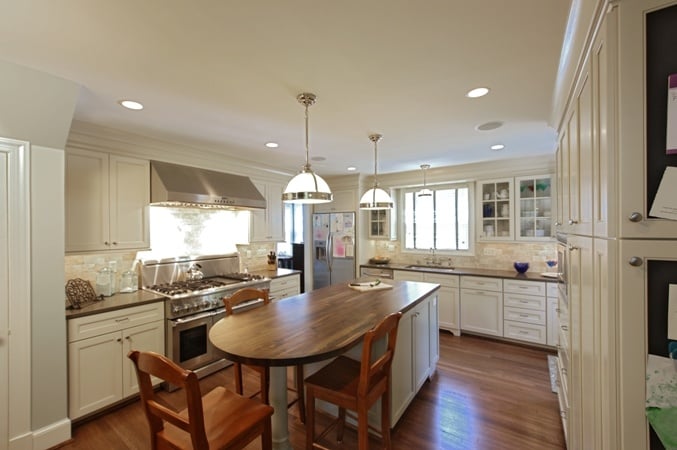
Leave a comment